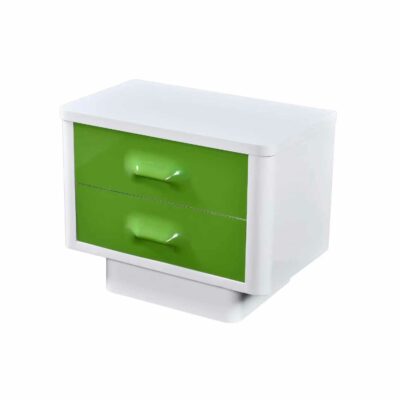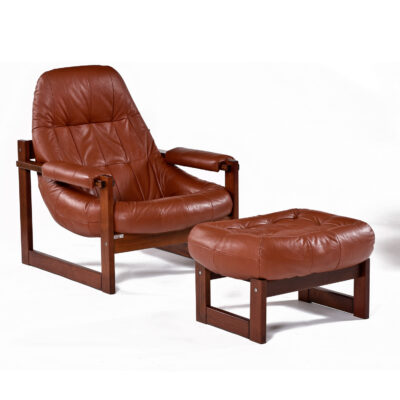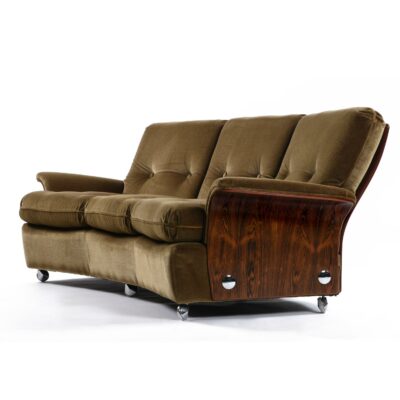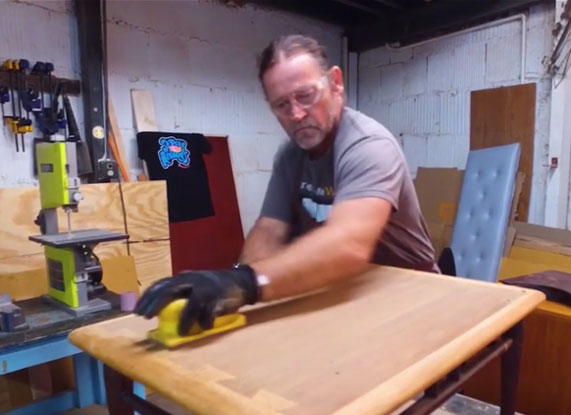Description
Chairs are being sold as a pair. Price is for two chairs.
It is truly no surprise that this same chair is in the permanent collection at The Smithsonian American Art Museum. Meditate on the genius involved in crafting each chair from a single sheet of layered ply. Cutting and molding a single medium into functional art with a style so timeless, the revival exceeds the debut. Designed by Peter Danko in 1978 and produced by Thonet, all but one chair had their original factory tags underneath. The three tags were gently removed and bagged separately during our restoration. Exquisitely re-upholstered in red-orange weave fabric to harmoniously compliment the honey colored oak frames. Our restoration team spent countless hours touching up the frames. Although a few still remain, most chips and scratches were expertly mitigated before we applied a topcoat to match the original. We’re certain these chairs will meet expectations.
The chair was gifted to the museum by Lloyd E. Herman, founding director and director emeritus of the Renwick Gallery (1971-1986), in honor of Michael W. Monroe, Curator-in-Charge, Renwick Gallery, 1986-1995, upon the occasion of his retirement.
Dimensions:
23.5″ deep x 22″ wide x 31″ tall x 17″ seat height x 26.5″ arm height
About the artist:
Peter Danko grew up in Bethesda, Maryland, watching his father build ship models for the U.S. Navy and his mother paint nature scenes. He graduated from the University of Maryland in 1971 with a degree in fine arts and worked a number of odd jobs while trying to promote his artwork. Danko took a job carving claws for furniture at Georgetown Leather Design, where he discovered his passion for working with wood and creating sculptural furniture. His molded-plywood (or ply-bent) chairs achieved notoriety in the 1980s after the Museum of Modern Art bought and displayed one in 1978. A few years later, the Smithsonian’s National Air and Space Museum selected him to design chairs for their food court. Danko prefers using older and ?“green” materials, such as salvaged wood, and has written a manifesto for sustainable design, which encourages awareness of materials among designers and consumers. He recently opened his own design company, Peter Danko Design, and creates environmentally friendly furniture, including chairs made with repurposed seat belts.




















